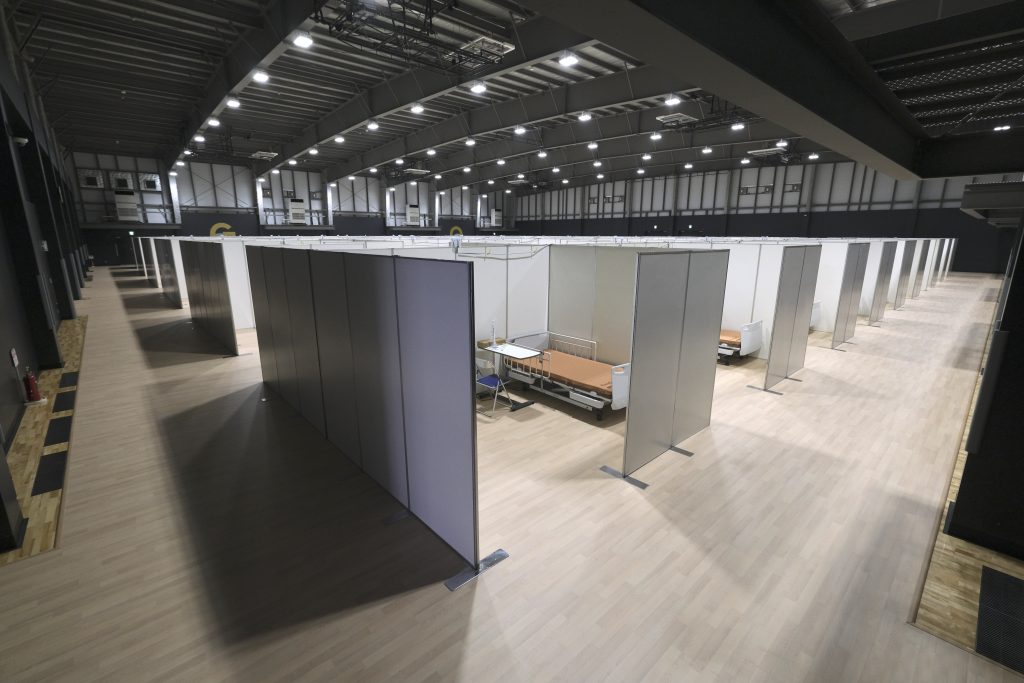
- ARAB NEWS
- 01 Aug 2025

TOKYO: Medical systems in Japan are expected to remain in a tough situation toward year-end, with occupancy rates for hospital beds for novel coronavirus patients rising in many areas of the country, an expert has warned.
According to a health ministry survey, the hospital bed occupancy rate for COVID-19 patients stood at 25 percent or higher in 18 of the country’s 47 prefectures as of Wednesday. The result suggests that the coronavirus situations in the 18 prefectures, mainly in the Tokyo metropolitan area and the Kansai western region including Osaka Prefecture, have entered Stage 3, the second-worst level on the four-tier scale gauging the degree of the spread of the virus.
The rate rose from a week before in 28 prefectures. The rate jumped by over 10 percentage points from Nov. 25 in the eastern prefectures of Tochigi and Gunma, and the central prefectures of Gifu and Mie, coming to 39 percent, 43 percent, 32 percent 50 percent, respectively.
Hyogo, western Japan, had the highest rate among all prefectures, at 65 percent, although the figure was down 3 points. The rate in Osaka, which has issued its own state-of-emergency declaration over the virus, rose by one point to 56 pct. The rate rose 5 points to 52 percent in the northernmost prefecture of Hokkaido, where large-scale infection clusters have occurred.
The number of seriously ill COVID-19 patients across Japan hit a record high of 505 as of Friday, roughly tripling from a month before. The bed occupancy rate for patients in severe condition increased from a week before in 21 prefectures. Aichi saw its rate surge by 20 points to 43 percent.
As of Wednesday, the number of COVID-19 patients with severe symptoms stood at five or below in 30 prefectures.
A panel of experts at the ministry pointed out at a meeting on Thursday that a rise in the number of seriously ill patients tends to come after an increase in that of people newly confirmed positive for the coronavirus.
Even if the pace of growth in new infection cases slows, the number of COVID-19 patients with serious symptoms will continue rising for a while, the panel also said.
As the calculated bed occupancy rates are based on the number of beds including those that are not immediately available, the actual situation surrounding coronavirus patient treatment at medical institutions is believed to be more severe than suggested by the figures.
“It will take more than a month for the medical care systems to regain stability even if the number of newly confirmed coronavirus cases peaks out,” Satoshi Kamayachi, a member of the panel, said.
“The tough situation is expected to continue toward year-end,” Kamayachi, who is also a member of the executive board of the Japan Medical Association, said, adding, “A challenge is to ensure that medical resources are distributed to institutions really in need.”
JIJI Press